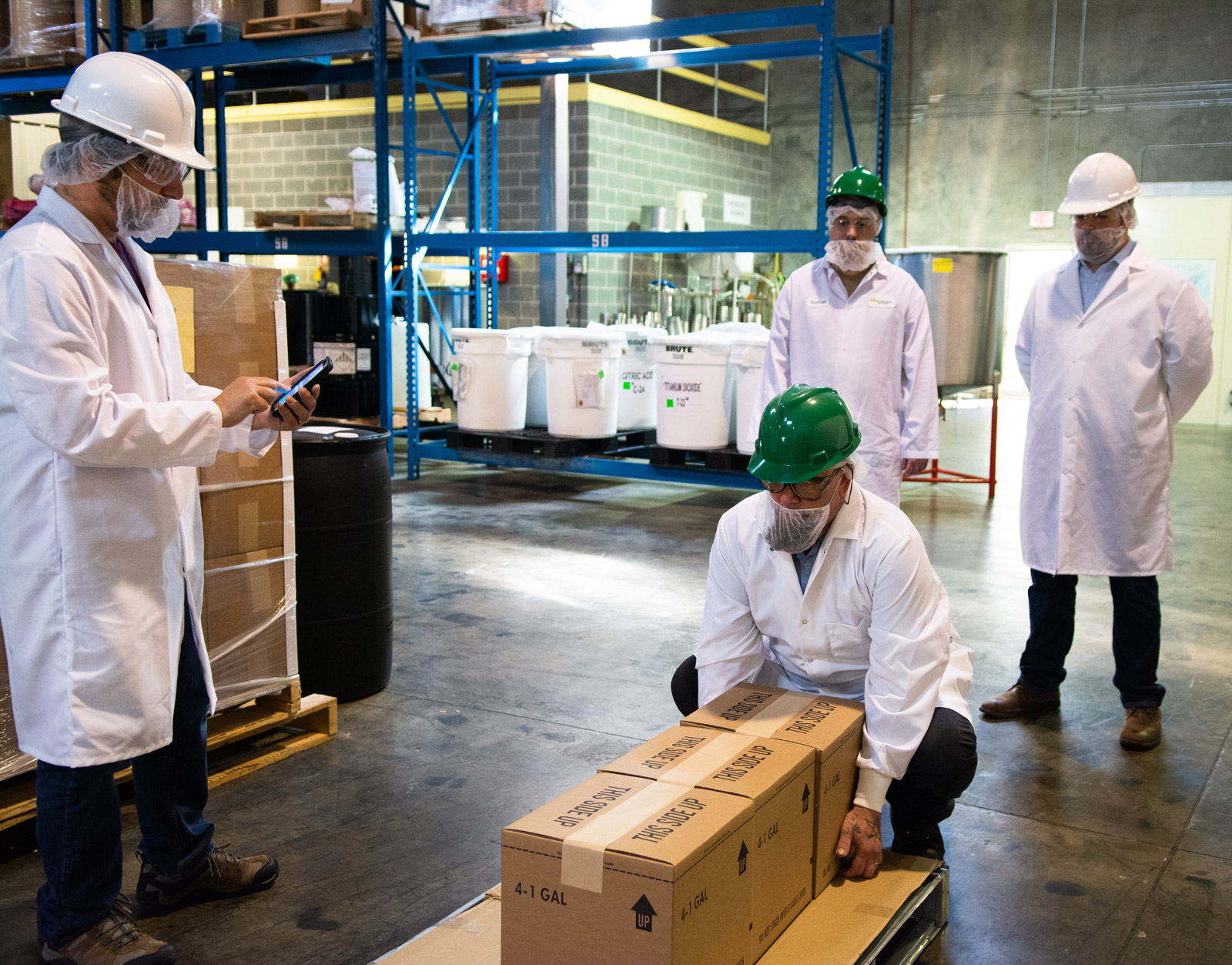The “Get It” Factor – And How to Achieve It

How can you tell if your employees are learning what they need to do their jobs correctly? Do they know how to successfully execute specific tasks required for their job? Are they demonstrating safe behaviors and following standard operating procedures? Do they “get it”?
Employers who incorporate an observation program into their training strategy will gain insight into training effectiveness and safe behaviors in the workplace. A well-documented and fully embraced observation program also helps when auditors want “proof of understanding” to confirm employees know their jobs, have been trained adequately and are performing their jobs safely.

Steps You Can Take to “Get It”
Companies spend a lot of time and money to train employees on a variety of topics – some are required training like compliance, some training is job specific, some is for food and workplace safety, and other training is aimed at leadership or professional development. With all the investment made in training, what is one of the ways to help ensure employees have learned what they need for their specific job and actually “get it”?
For many jobs in manufacturing facilities, the best way to ensure the “get it factor” is to follow these steps:
1. Evaluate the job. Document the necessary skills, requirements, behaviors and tasks to successfully do the job.
2. Develop training for the job.
3. Train the employee using the most appropriate method – classroom, eLearning, or on-the-job.
4. Observe the employee doing their job.
5. Document your observations and provide immediate feedback to the employee.
6. Retrain as needed.
Best Practices for Optimal Learning
Observing the employee actually doing their job and documenting your observations is one of the best ways to ensure they understand the job, can execute the tasks proficiently, and meet expectations of the job. Observing the employee doing the job and documenting your observation can also provide you with insight into training gaps, communication challenges, or other systematic issues. The observation process also gives you the opportunity to provide feedback on their performance, answer questions, document the observation and any follow up actions. And if needed, the information necessary to review or refine training material.
A good way to think of this is using a paraphrased example from the book “Design for How People Learn” by Julie Dirksen. Paraphrased it goes like this: When you reach the age that you are learning to drive a car, you read the driver’s manual, study, watch horrific car crash videos, take your driver’s test and think, “voila!” You know how to drive! But do you really know how to drive a car?
What is missing in your preparation? Perhaps actually driving the car? And also practicing under the guidance of a driving instructor (aka a saint) or another licensed driving adult. The instructor or other adult observes you while driving and provides you with feedback (all the while stomping on the floorboard on the passenger side).
Let’s reference the five steps above for our car driving example:
1. Your state and the federal government clearly defined the rules for driving and skills needed.
2. Someone designed the driver’s education curriculum to teach you the rules of driving a car.
3. Somehow you practiced driving an actual car.
4. You were observed while driving using what you learned in driver’s education.
5. The driving instruction or adult driver took notes and you received feedback on your driving.
6. If by chance you did not pass your driver’s test, you most likely repeated steps 3-5 and tried again.
Giving employees the opportunity to work under the guidance of someone more experienced, who observes them doing the job, documents their observations and provides immediate feedback, is a best practice to get to this level of learning. Incorporating direct observation and feedback as a part of your training process is one of the best ways to ensure your employees “get it.” Observation and feedback should improve their job skills, reinforce safe behaviors, and improve operational performance. A delightful side effect is the observation, documentation and feedback process will provide another opportunity for supervisors/trainers and employees to communicate.
Interested in taking your training to the next level of learning? Let’s talk about how Alchemy Coach can improve your employees’ “get it factor” by integrating the training strategy to drive job proficiency, reinforce safe behaviors, and facilitate communication and feedback.






